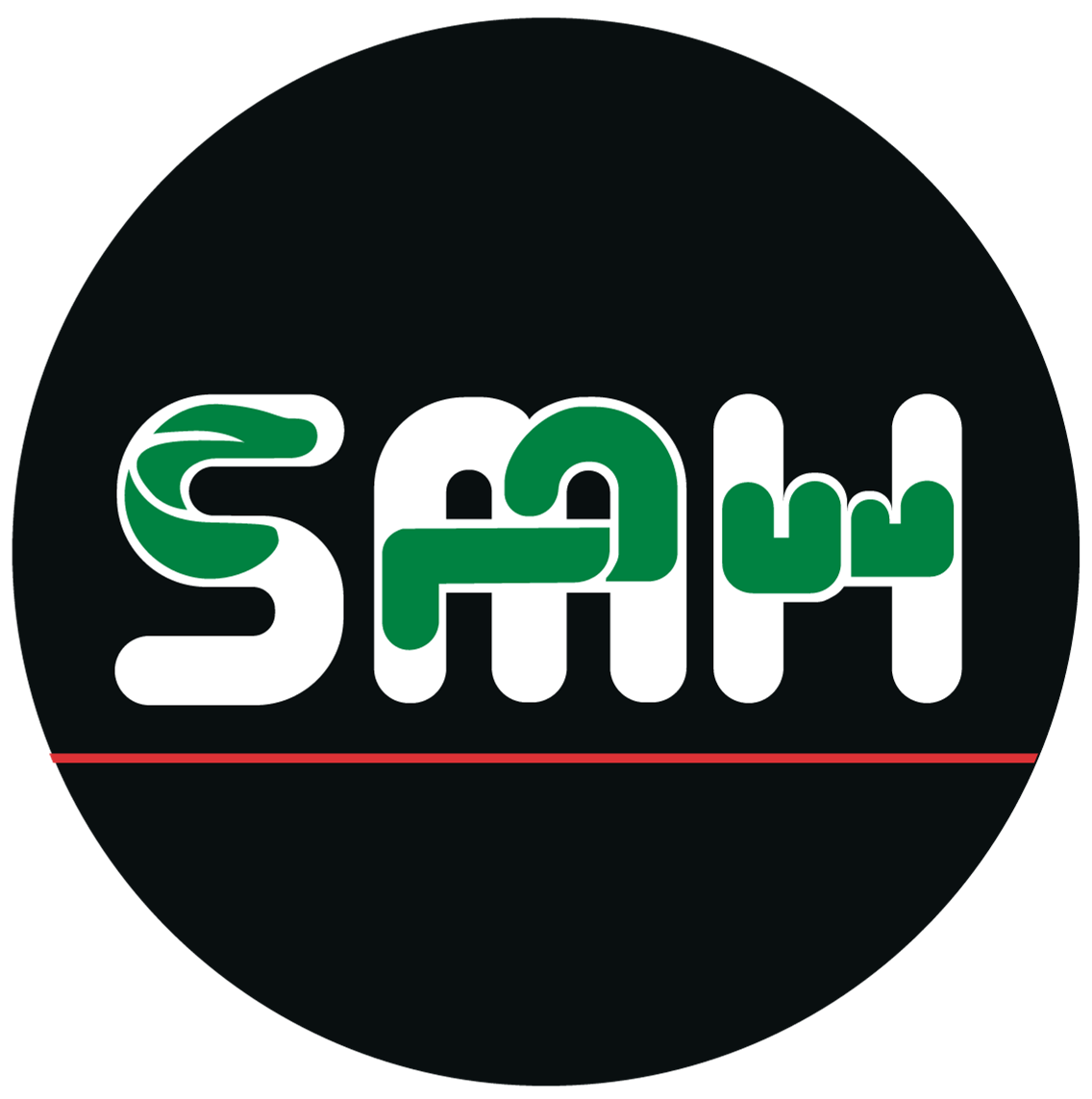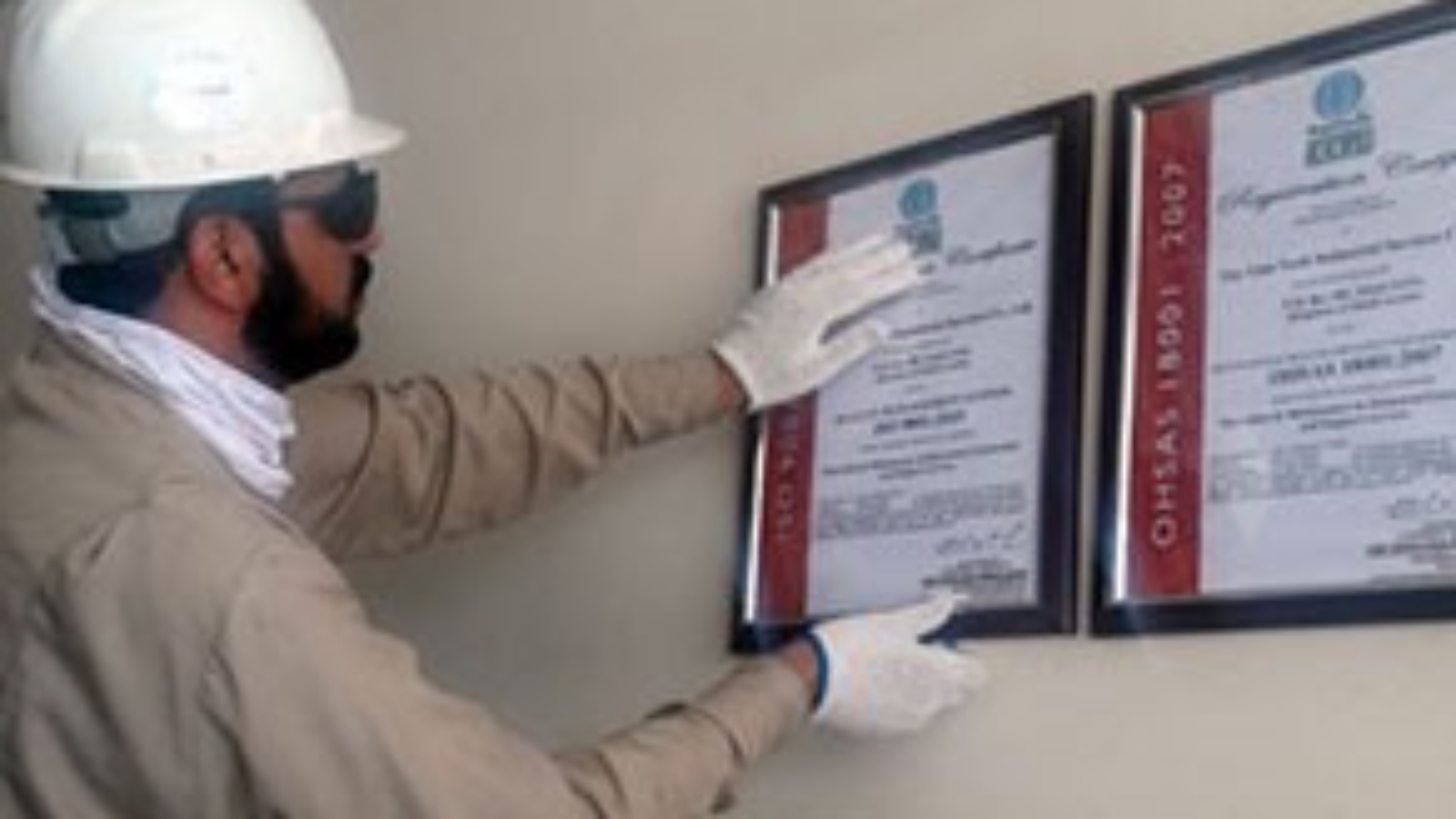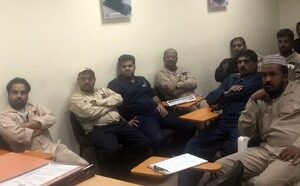Technical Team and HSE Team collaboration resulted to employee’s awareness of their responsibilities toward the OHSAS 18001 certification. Employees, after the awareness sessions, became even more aware that certain responsibilities are on their shoulders to carry out company obligations against the OHSAS certification.
They employees also became aware that the privilege of having this certification does not come for free, but rather, comes with greater responsibilities. These responsibilities has been discussed during the awareness sessions.
The management praises and honors is to the Technical Team and HSE Team for this big step moving towards all employees’ involvement in keeping SMH premises and its projects a safe place to work.
The topics being discussed are the following:
ISO 9001 and OSHAS 18001 Internal Training
Training is the process of that enhances the skills, capabilities and knowledge of employees for doing a particular job. Training process helps in molding the thinking of employees and leads to quality performance of employees. It is considered as a continuous and never ending in nature. It’s a planned effort done by SMH to facilitate employees learning of job-related competencies. Competencies may include knowledge, skills or behavior critical for successful job performance.
- The goal of ISO 9001 and OSHAS 18001 training is for employees is to master their competencies and apply them to their day-to-day activities and to regular working process.
- Using ISO 9001 and OSHAS 18001 training to gain a competitive advantage, a company should view training broadly as a way to create intellectual capital.
- Intellectual capital that includes basic skills advanced skills an understanding of the customer or manufacturing system, and self-motivated creativity.
Seven Principles of ISO 9001 and OSHAS 18001
- Customer focus
- Leadership
- Engagement of people
- Process approach
- Improvement
- Evidence based decisions
- Relationship management.
Customer Focus
Since the whole goal of SMH is to provide services to customers, it makes sense that there is a focus on customers as a main element. This starts with knowing your customer and their requirements, ensuring there is communication with customers throughout the process, and measuring the satisfaction of your customer as a way of measuring if the requirements, spoken or unspoken, have been met.
Leadership Importance of Top Management
It has been said many times that if the top levels of management are not behind the implementation of any ISO 9001 and OSHAS 18001, it is bound to fail. While this may not always be a fact, it is true that the more involved the top levels of management are in the ISO 9001 and OSHAS 18001, the better the chance of success, and the better implemented the end result. If top management – who is responsible for controlling the cash flow of the organization – can see the benefit of the system, it is much more likely to be used to its fullest advantage.
Engagement of People
It is important that people throughout our organization create value, especially in our ever-growing competitive world. To ensure this, the ISO 9001 AND OSHAS 18001 must focus on the competence of people to help them become engaged in the processes to build value in them. By having empowered and engaged people in the organization, this can become a driving force behind meeting the objectives of the organization.
The Process Approach
Trying to understand, control and improve an overall system can often be complicated, which can make any efforts doomed to failure. However, by looking at the overall system as smaller interrelated processes you can focus your efforts toward more consistent and predictable results on the individual processes of the system. Controlling and improving the individual processes can be a much easier and more effective way to control and improve the entire system.
Improvement
Companies that stay stagnant in an ever-more-competitive market will quickly be overtaken by their competition, and in order to counteract this pressure the company must improve in order to drive down cost and maintain market share. This allows the company to react to changes in internal or external conditions to create new opportunities. The whole idea of having a quality policy, with objectives that are consistent with this policy, works toward improvement. Objectives need to be planned and SMART (Specific, Measurable, Attainable, Realistic, Time-based), and will not work without commitment to change.
Evidence-based decision making
It is said that you are more likely to get the desired results by basing decisions on analysis and evaluation of data rather than a gut instinct of the situation. This is why there is a focus on monitoring & measurement in the ISO9001 and OSHAS 18001 requirements (in fact, 4 of 6 mandatory documented procedures are from this section). In order to know that a process is functioning properly we need adequate data, and in order to plan and assess improvements this data is even more important. Because of this, maintaining good records becomes crucial to facilitate many of the other Quality Management Principles.
Relationship Management
Because the interaction with interested parties such as customers, employees and suppliers can influence the performance of an organization, it is critical to manage these relationships. The focus is often on managing the relationships with the supplier network, but maintaining the relationships of all parties is important to optimize their impact on the organization and make sustained success more likely. Successful companies see these relationships as partnerships rather than strictly customer/supplier interactions.



